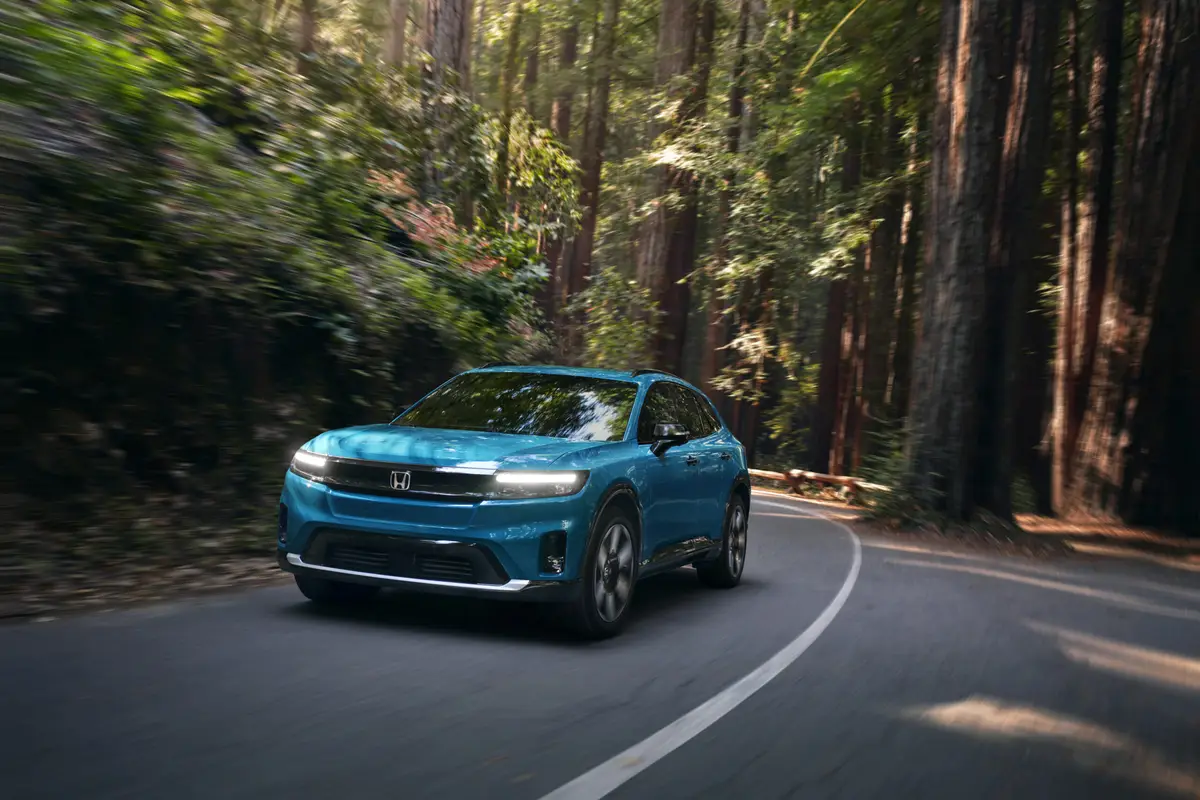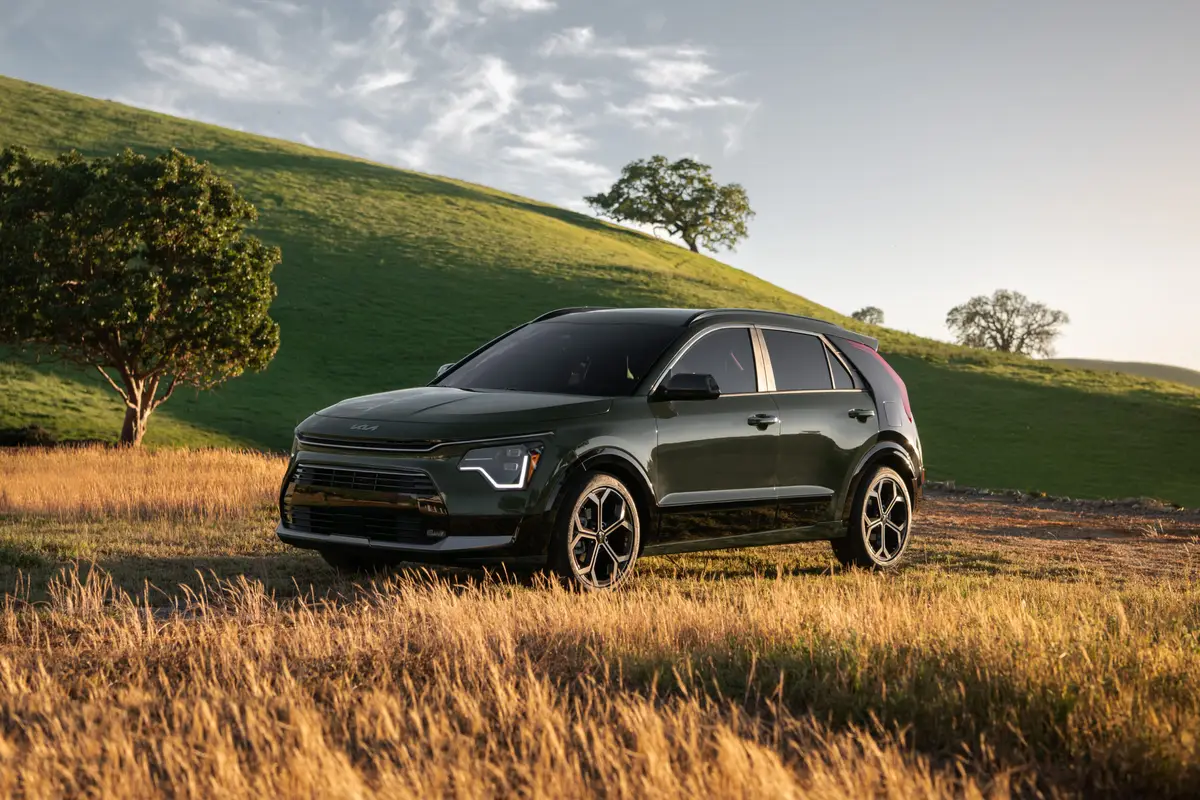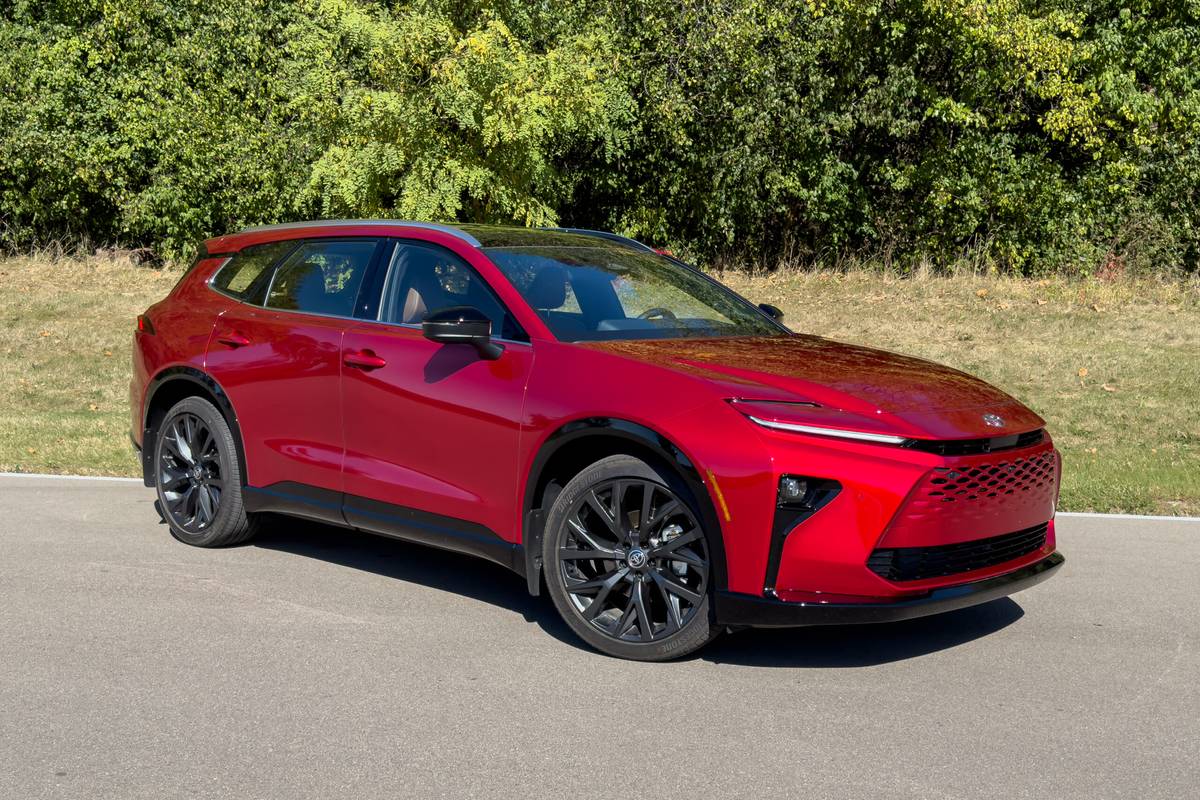washingtonpost.com's view
It looked good at the Detroit auto show, the 1997 Mitsubishi Montero Sport. Slim, trim, rounded. It was more appealing than its bigger siblings, the luxury Montero LS and SR — tall, boxy jobs laden with high-priced gimcrackery.
Show goers applauded the Sport’s lack of ornamentation. They praised the Sport LS 4WD’s interior, outfitted with tough, woven fabric in its seats and door panels. They marveled over the vehicle’s many storage compartments — including shallow units hidden under the floor of the rear cargo area.
Some folks opined that Mitsubishi finally had gotten its act together in the U.S. sport-utility market. They were half right. The Sport LS 4WD has lots of pluses, but it’s also freighted with some minuses, price being the heaviest among them.
Many would-be buyers winced when told that they were looking at a less-expensive version of the luxury Montero for, ahm, $30,000. And they weren’t impressed when told that they could get a four-cylinder, two-wheel-drive copy of the Montero Sport for around $20,000.
Asked one parking-lot critic: “Why not get a station wagon instead?”
Background: Mitsubishi has been making four-wheel-drive vehicles for 60 years and rightly is proud of those products, which have been sold and used worldwide.
Unfortunately, the company keeps stumbling in the United States, where it appears to have a hard time figuring out the price-value equation for sport-utes. This partly explains Mitsubishi’s wrong-headed notion to sell its luxury Monteros — essentially military trucks with lots of leather, body cladding and dashboard gadgetry — at prices ranging from $29,000 to $40,000.
In that dollar range, the Montero was getting clobbered by Land Rover’s Range Rovers and Toyota’s Land Cruisers.
So, Mitsubishi has come back with the Montero Sport, which is based on the same platform as the luxury Monteros, but has an overall shorter and narrower body. Clearly, here, the company is aiming at the Ford Explorer, Chevrolet Blazer, Isuzu Rodeo and Nissan Pathfinder.
The new Montero Sport hits the mark in several places, overall assembly quality being one of them. It beats the competition in others, such as the standard use of skid plates for critical underbody components. But it runs smack-dab into trouble in the areas of passenger and pocketbook comfort.
There are four versions of the Montero Sport — the two-wheel-drive ES and LS, and the four-wheel-drive LS and XLS. Two-wheel-drive models get a standard 2.4-liter, 16-valve, in-line four-cylinder engine rated 134 horsepower at 5,500 rpm with torque rated 148 pound-feet at 2,750 rpm.
Four-wheel-drive models get Mitsubishi’s 3-liter, 24-valve V-6, rated 173 horsepower at 5,250 rpm with torque rated 188 pound-feet at 4,000 rpm. I drove the V-6, which proved to be a very smooth yet gutsy engine.
A five-speed manual transmission is standard on the two-wheel-drive ES and four-wheel-drive LS. An electronically controlled, four-s peed automatic is standard on the four-wheel-drive LS and XLS.
The four-wheel-drive system is a part-time lever job, operational through a floor-mounted, two-speed (High/Low) transfer case. Automatically locking front hubs are standard.
All Montero Sports supposedly seat five people. All have dual front air bags. All beat the Nissan Pathfinder in cargo space.
The tested Sport LS 4WD can be outfitted to tow a trailer weighing 5,000 pounds.
Mitsubishi Montero Sport
Complaints: Several drivers and passengers rated the test model’s front and rear seats “tiresome” and “brutal.” I concur. Also, the Sport’s “fifth” seat — a rear center seat without headrest or shoulder harness — is for a tiny person willing to be squeezed.
Praise: Excellent styling and overall construction — body on boxed ladder frame buttressed by sound-deadening, anti-vibration bushings.
Head-turning quotient: Very attractive. Test model got lots of neck-snaps.
Ride, accelera ion and handling: Ride compromised by seat comfort. Excellent sport-ute handling. Not nearly as tippy as the luxury Montero. Excellent braking. Test model equipped with standard four-wheel discs and optional anti-locks.
Mileage: About 17 miles per gallon (19.5-gallon tank, estimated 320-mile range on usable volume of recommended regular unleaded), in mostly city and highway driving with two occupants and light cargo.
Sound system: Eight-speaker AM/FM stereo radio and cassette. Infinity premium audio. Very good.
Price: Base price is $23,970. Dealer’s invoice price on base model is $20,854. Price as testedis $30,011, including $5,596 in options (anti-lock brakes, air conditioner, power sunroof, power windows and locks, premium audio system, chrome grille and various other goodies) and a $445 destination charge.
Purse strings note: Still a pricey bundle. Compare with Chevrolet Blazer ($21,000 to $30,000), Isuzu Rodeo ($17,000 to $30,000), Jeep Cherokee ($15,000 to $28,000), Nissan Pathfinder ($23,000 to $36,000), Ford Explorer ($20,000 to $38,000) and the unquestionably superior Toyota 4Runner ($20,000 to $36,000). The new Montero Sport tops out at about $36,500.
Latest news



